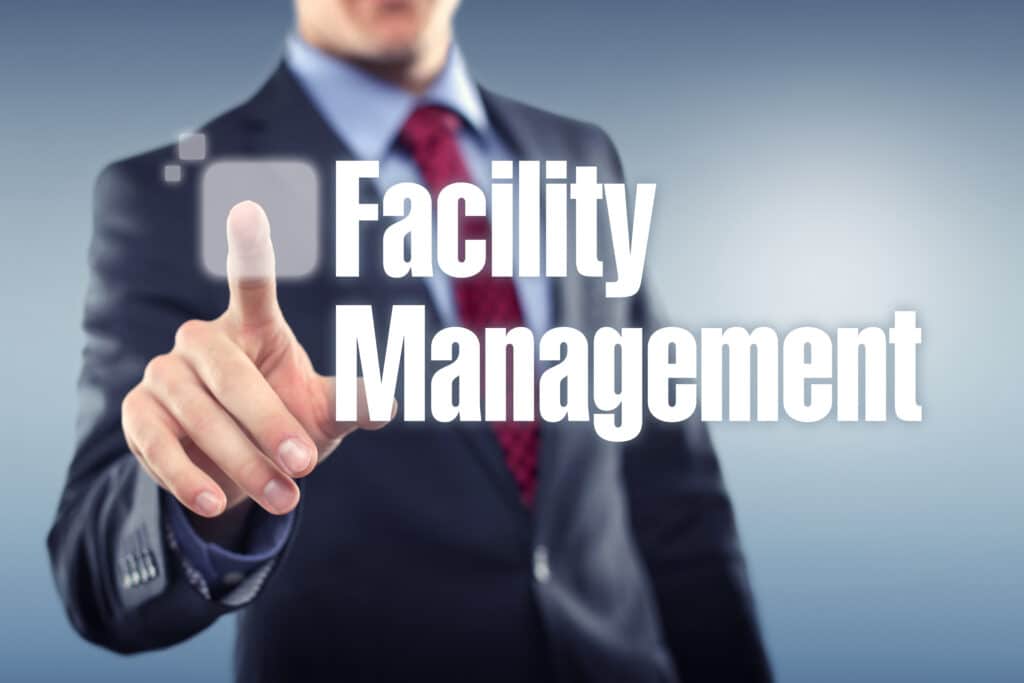How Total Facility Management Enhances Productivity and Operational Success
How Total Facility Management Enhances Productivity and Operational Success
Blog Article
Leading Benefits of Total Facility Management for Streamlined Workflow
Total Facility Management (TFM) represents a tactical technique to improving operational effectiveness by integrating different services, such as upkeep and safety, under a unified management framework. The inquiry stays: what certain advantages can companies harness from taking on TFM, and how might these advantages change their operational landscape?
Improved Functional Performance
Boosted operational effectiveness is a main advantage of carrying out total facility management (TFM) approaches. TFM incorporates an extensive method to taking care of a facility's sources, processes, and facilities, inevitably streamlining operations. By consolidating various solutions-- such as maintenance, space, protection, and cleansing management-- TFM reduces redundancies and improves coordination among various operational features.
The assimilation of technology additional amplifies this performance. Advanced facility management systems supply real-time information analytics, allowing facility supervisors to make educated decisions that boost process and source allotment. Predictive upkeep methods, as an example, anticipate devices failings prior to they happen, minimizing downtime and prolonging property life expectancy.
In addition, TFM promotes standardized procedures throughout numerous divisions, making sure uniformity and quality in service delivery. This uniformity minimizes functional disturbances and promotes a more joint workplace. Therefore, employees can focus on their core responsibilities, driving productivity and improving total efficiency.

Expense Decrease and Financial Savings
Carrying out total facility management (TFM) not just boosts operational efficiency however also considerably adds to set you back decrease and cost savings. By settling various services under a single management structure, organizations can eliminate redundancies and streamline procedures, consequently reducing operational prices. TFM makes it possible for better purchase approaches, allowing companies to negotiate bulk purchasing arrangements with distributors and service providers, bring about reduced rates.
Moreover, TFM emphasizes preventative upkeep, which minimizes unanticipated breakdowns and prolongs the lifespan of vital equipment. This aggressive technique not just minimizes repair work costs but likewise improves the dependability of facilitiess, making certain undisturbed operations. Furthermore, power efficiency initiatives, typically an essential focus of TFM, result in considerable financial savings on utility bills, as facilitiess are optimized for reduced energy usage.
Improved Resource Management
Reliable source management is a foundation of total facility management (TFM), enabling organizations to maximize the use of their properties and workforce. By implementing TFM strategies, companies can thoroughly examine their source allocation, guaranteeing that every asset is utilized effectively and effectively. This all natural strategy allows for the identification of underperforming sources and the potential for reallocation or improvement.
In enhancement, TFM facilitates the assimilation of technology for real-time monitoring of sources, which aids in forecasting maintenance demands and avoiding costly downtime. By leveraging data analytics, companies can make educated choices concerning source deployment, inevitably improving efficiency and reducing waste.
Furthermore, TFM advertises a culture of continuous renovation, encouraging teams to regularly assess and improve their source management methods. Total Facility Management. This positive stance not just lessens functional disturbances but also fosters development, as employees are empowered to recommend improvements based upon their direct experiences with resource usage
Streamlined Communication Networks
In total facility management, streamlined interaction networks play an important function in cultivating cooperation and efficiency throughout teams. check it out Efficient interaction guarantees that all stakeholders, consisting of facility managers, upkeep staff, and company, are straightened with operational demands and business goals. By establishing clear lines of communication, teams can quickly resolve problems, share updates, and execute solutions, try this website thus minimizing downtime and boosting productivity.
With streamlined interaction systems, details is easily accessible, enabling for real-time updates on maintenance requests, resource allotment, and project timelines. This openness not just reduces misunderstandings but likewise empowers employees to make educated choices quickly. Streamlined communication assists in better sychronisation throughout emergencies, making sure that all employees are informed and can respond immediately.

Boosted Concentrate On Core Activities
A vital benefit of total facility management is the raised concentrate on core activities, allowing companies to focus on their primary service purposes - Total Facility Management. By outsourcing non-core features such as upkeep, cleansing, and security, companies can redirect their sources and energy towards tactical efforts that straight add to their competitive benefit and growth
Total facility management incorporates different functional tasks under a solitary umbrella, promoting effectiveness and minimizing redundancy. This debt consolidation not only simplifies processes however likewise improves liability, making certain that every facet of the facility runs harmoniously without diverting focus from what genuinely matters-- core organization functions.
Additionally, this strategy makes it possible for employees to commit their effort and time to tasks that drive development and enhance customer contentment, instead of obtaining bogged down by operational challenges. With a trusted facility management partner handling everyday procedures, companies can attain better dexterity, react quickly to market adjustments, and maintain a sharper focus on their mission.
Ultimately, boosted emphasis on core activities leads to improved total performance, enabling companies to enhance their market placement and meet their tactical objectives better. - Total Facility Management
Conclusion
In final thought, Total Facility Management significantly enhances functional efficiency by consolidating essential solutions and leveraging data analytics for educated decision-making. Price decreases and enhanced resource management add to general cost savings, while structured interaction channels foster cooperation among stakeholders.
Total Facility Management (TFM) represents a strategic technique to improving operational performance by integrating numerous solutions, such as maintenance and safety, under a unified management framework.Boosted functional efficiency is a key benefit of executing total facility management (TFM) approaches. Advanced facility management systems provide real-time information analytics, allowing facility managers to make informed choices that enhance process and resource allotment.Executing total facility management (TFM) not just enhances operational effectiveness but likewise significantly contributes to set you back decrease and financial savings.Efficient source management is a foundation of total facility management (TFM), enabling companies to enhance look at this site the use of their possessions and workforce.
Report this page